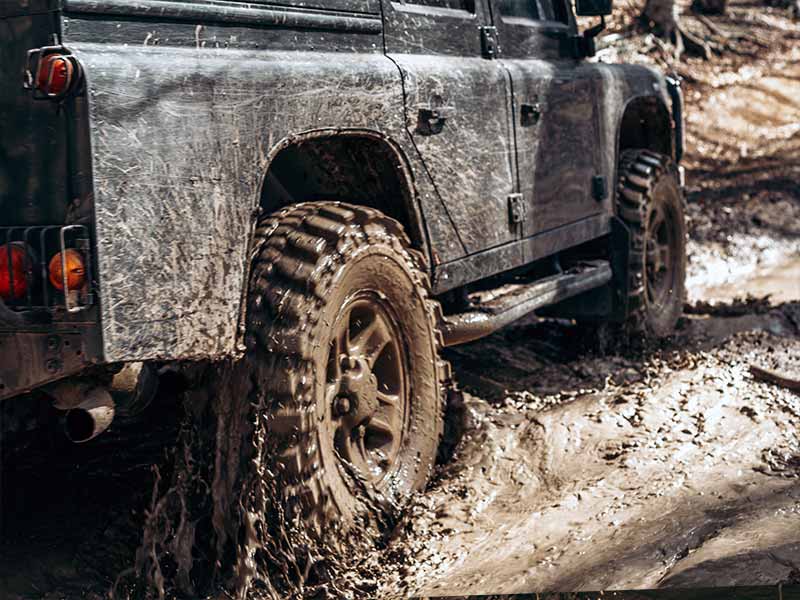Ever wondered what “MT” means on a tire and why it matters for truck tires? Let’s dive into the world of Mud Terrain (MT) tires and explore what makes them special, especially if you’re into off-roading or just want to know your truck’s capabilities.
What Does MT Mean On A Tire?
MT means Mud Terrain on a tire. These tires have a special design to help trucks and other vehicles drive smoothly through muddy and rough off-road areas without getting stuck.
In this article, we’ll explore everything about MT tires, comparing them with other types, and answering common questions to help you understand if they’re the right choice for your driving adventures.
Let’s take a closer look.
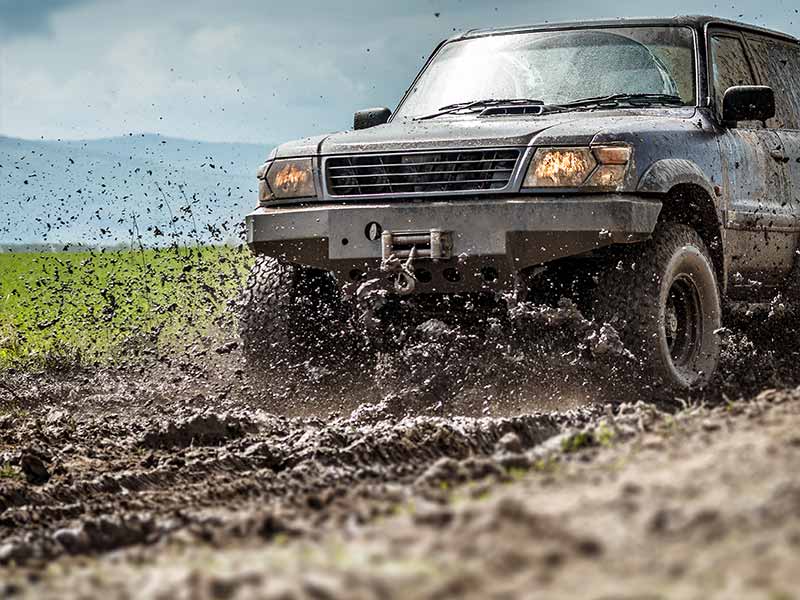
What are MT Tires?
MT tires, or Mud Terrain tires, are specifically designed to navigate through tough and muddy off-road conditions. These tires have a unique design that helps vehicles, especially trucks, to drive through challenging terrains where standard tires might struggle.
Design and Features of MT Tires
Tread Lugs
- Deep and Aggressive: MT tires have deep, aggressive tread lugs that dig into soft surfaces like mud, helping the vehicle to gain traction and avoid getting stuck.
- Space Between Lugs: The wide spaces between the lugs allow mud to be expelled, preventing it from clogging the tread and reducing traction.
- Strong and Durable: The lugs are built to be strong and durable to withstand the wear and tear of rough terrains.
Tread Pattern Design
- Chunky Patterns: MT tires often have chunky tread patterns designed to grip onto uneven surfaces, providing stability on rocky and uneven terrains.
- Sidewall Features: The sidewalls often have additional features, like protrusions, to assist with traction when the tire is partially submerged in mud.
Purpose of MT Tires
MT tires are not just for making a vehicle look robust; they serve a crucial purpose in enhancing the vehicle’s capability in specific conditions.
- Navigating Through Mud: The primary purpose is to navigate through muddy terrains without getting stuck.
- Off-Road Adventures: They are ideal for off-road adventures, where regular tires might struggle, such as on trails, rocks, and uneven terrains.
- Handling Tough Conditions: MT tires can handle tough conditions like deep snow, sand, and loose soil, providing reliable traction where other tires might falter.
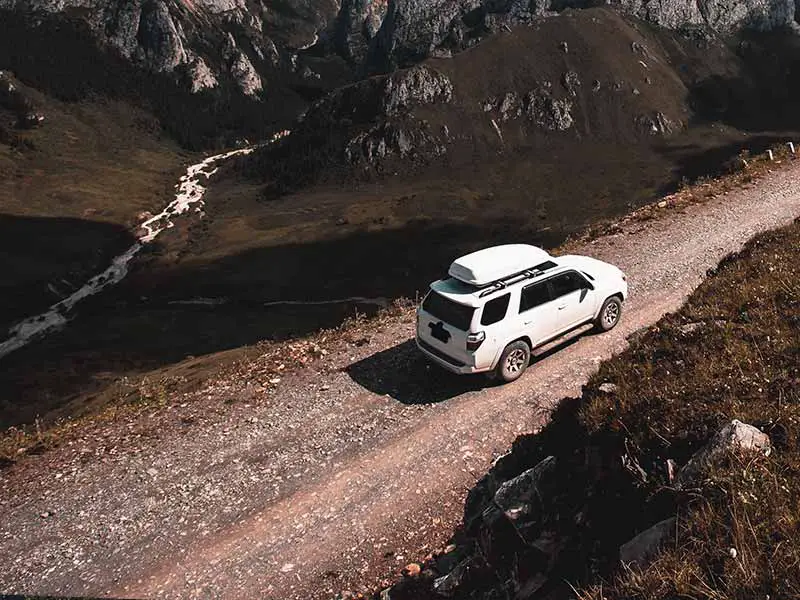
Pros and Cons of MT Tires
Understanding the advantages and disadvantages of MT tires is crucial for making an informed decision. Let’s explore the various pros and cons to consider when opting for MT tires.
Pros of MT Tires
Superior Off-Road Performance
- Traction: MT tires provide excellent traction in challenging terrains, such as mud, sand, and rocks, thanks to their aggressive tread patterns.
- Self-Cleaning: The wide gaps between tread lugs allow the tires to self-clean, ejecting mud and debris to maintain traction.
Durability in Tough Conditions
- Robust Construction: MT tires are built to withstand the rigors of off-road conditions, resisting damages like cuts and bruises from sharp rocks and obstacles.
- Sidewall Protection: Enhanced sidewall designs provide additional protection against punctures and damages, especially during off-road adventures.
Versatility in Various Off-Road Scenarios
- Adaptability: MT tires can adapt to various off-road scenarios, providing reliable performance in mud, snow, sand, and rocky terrains.
- Deep Treads: The deep treads provide a strong grip, helping vehicles navigate through challenging and slippery terrains.
Cons of MT Tires
On-Road Limitations
- Noise: The aggressive tread patterns can generate noticeable road noise, especially at higher speeds on highways.
- Comfort: MT tires might offer a stiffer ride compared to other tire types, potentially reducing comfort during on-road driving.
Wear and Maintenance
- Faster Wear on Roads: When used predominantly on paved roads, MT tires may exhibit faster wear due to their aggressive tread designs.
- Maintenance: Regular rotations and alignments are crucial to ensure even wear and prolong the lifespan of MT tires.
Fuel Efficiency
- Reduced Efficiency: The robust and aggressive design of MT tires can lead to increased rolling resistance, potentially reducing fuel efficiency.
Winter Performance
- Icy Conditions: While MT tires can handle deep snow, they might not provide optimal traction on icy and slick surfaces compared to dedicated winter tires.
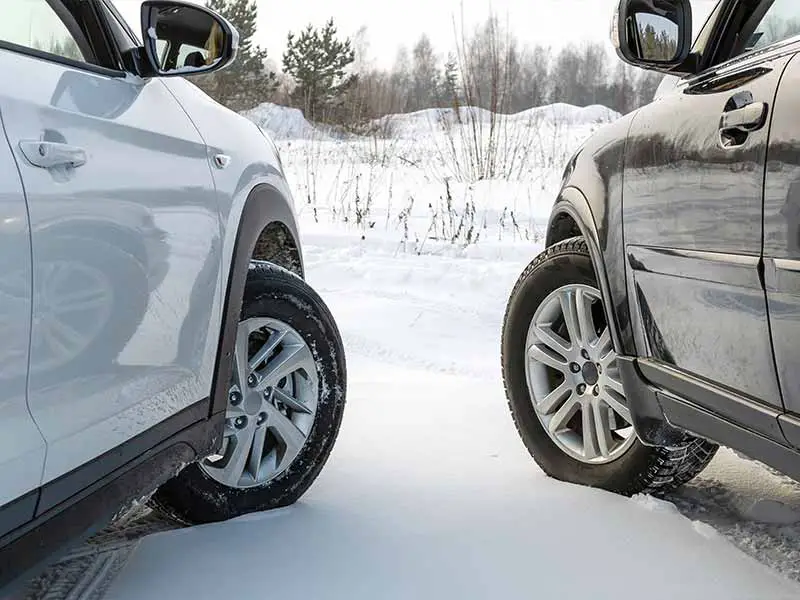
Comparisons with Other Tire Types
Navigating through the myriad of tire options can be daunting, especially when each type comes with its unique design and purpose. Let’s delve into how MT tires compare with other prevalent tire types: AT, HT, and LT tires.
MT vs. AT (All-Terrain) Tires
What are AT Tires?
- AT, or All-Terrain tires, are designed to be versatile, providing a balanced performance both on and off-road.
- They have a tread design that is less aggressive than MT tires but more robust than regular road tires.
Key Differences
- Tread Design: MT tires have a more aggressive and chunky tread design compared to the somewhat milder tread design of AT tires.
- Noise Levels: MT tires tend to be noisier on highways and smooth surfaces compared to AT tires, which are designed to be quieter while providing off-road capability.
- Versatility: AT tires are often seen as a middle ground, offering decent off-road capability while still performing well on paved roads.
Ideal Usage
- MT Tires: Best suited for heavy off-road use, particularly in muddy and rocky terrains.
- AT Tires: Suitable for drivers who occasionally venture off-road but also require comfort and performance on paved roads.
MT vs. HT (Highway-Terrain) Tires
What are HT Tires?
- HT, or Highway-Terrain tires, are primarily designed for paved roads, offering a smooth and quiet ride with long tread life.
- They generally have a milder tread pattern compared to both MT and AT tires.
Key Differences
- Performance on Paved Roads: HT tires provide superior comfort and performance on highways and paved roads compared to MT tires.
- Off-Road Capability: MT tires significantly outperform HT tires in off-road conditions due to their aggressive tread design.
- Tire Longevity: HT tires tend to last longer when used predominantly on highways due to their milder tread design.
Ideal Usage
- MT Tires: Choose these if you spend a significant amount of time off-road, especially in challenging terrains.
- HT Tires: Ideal for those who primarily drive on highways and paved roads and prioritize comfort and tire longevity.
MT vs. LT (Light Truck) Tires
What are LT Tires?
- LT, or Light Truck tires, are designed to handle heavier loads, suitable for light trucks, SUVs, and vans.
- They are built to manage the additional weight and demands of larger vehicles.
Key Differences
- Load Capacity: LT tires are designed to handle heavier loads compared to MT tires, which are more focused on providing traction in tough terrains.
- Tread Design: MT tires have a more aggressive tread design to navigate through challenging terrains, while LT tires may have a varied design depending on the specific use-case (e.g., hauling, towing).
- Use-Case: LT tires are often chosen for their load-bearing capabilities, while MT tires are selected for their off-road prowess.
Ideal Usage
- MT Tires: Opt for these if your primary concern is navigating through tough, off-road terrains.
- LT Tires: Choose these if you have a larger vehicle and need tires that can handle heavier loads, especially if you do a lot of hauling or towing.
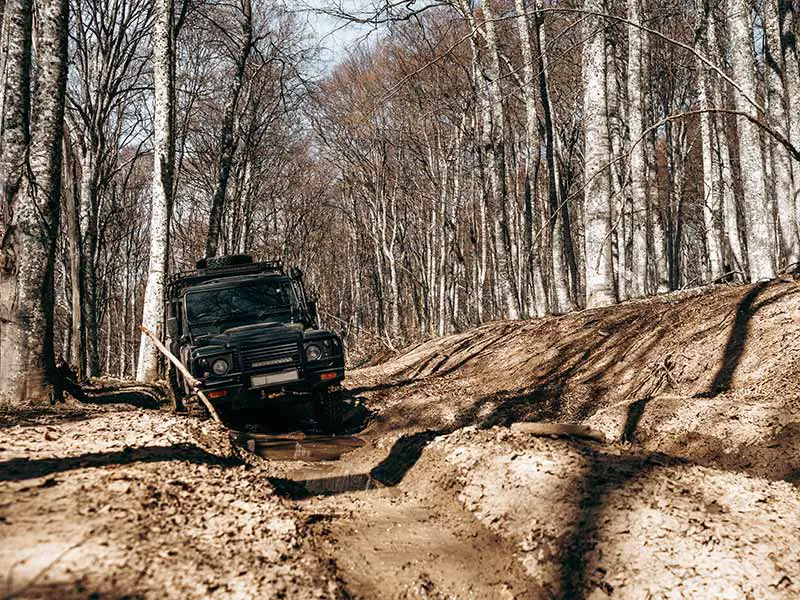
Frequently Asked Questions about MT Tires
Navigating through the world of MT tires can bring up numerous questions, especially considering their specific design and intended use. Let’s explore some common queries and concerns about MT tires.
Are MT Tires Good for Highway?
Noise and Comfort
- MT tires are known for their aggressive tread patterns, which can generate more noise on highways and smooth surfaces compared to other tire types.
- The design that makes them excellent for off-road terrains can compromise comfort during regular highway driving.
Wear and Tear
- Continuous highway use can lead to faster wear and tear on MT tires due to their specific tread design.
Are Mud Terrain Tires Good for Daily Driving?
Urban and Suburban Driving
- In urban and suburban settings, MT tires might not be the most practical choice for daily driving due to their rugged design and the noise they can produce on smooth roads.
Fuel Efficiency
- MT tires can potentially reduce fuel efficiency in daily driving scenarios, especially on highways and city roads.
Do Mud Tires Affect Gas Mileage?
- Yes, the aggressive tread design and larger size of MT tires can increase rolling resistance, which may reduce fuel efficiency compared to other tire types.
How Long Do Mud Tires Last on Pavement?
- MT tires may wear out faster on pavement compared to off-road terrains due to their specific design and material composition.
- Regular rotations and proper maintenance can extend their lifespan, even with frequent pavement use.
Suitability of MT Tires in Various Conditions
In Snow
- MT tires can perform well in deep snow due to their aggressive tread patterns, but they might not provide the same level of grip on icy roads as winter tires.
In Sand
- The deep treads can provide good traction in sandy conditions, making MT tires a viable option for beach driving or desert terrains.
In Rain
- MT tires can manage wet conditions, but their performance might not be as optimized as some road tires designed with specific wet-weather technologies.
Are Mud Terrain Tires Noisy?
- MT tires can be noisier on paved roads and highways due to the aggressive tread patterns and lug design, which create more vibration and noise compared to smoother tread designs.
Resources
Below are some links you may find helpful when learning about tires
- Mud-terrain vs all-terrain tires: Pros and cons – Discount Tire
- The difference between AT, RT and MT tires – Tire Review
Final Thoughts
Exploring MT tires, we learned they’re great for tough terrains like mud and rocks but can be noisy and wear out faster on regular roads. Comparing them with AT, HT, and LT tires, each type has its own strengths for different driving needs and terrains.
Whether you’re an off-road adventurer or a highway driver, choosing the right tire means safer and more enjoyable rides. Always pick the tire that matches your most common driving conditions to ensure the best experience.
Good luck and happy motoring.
